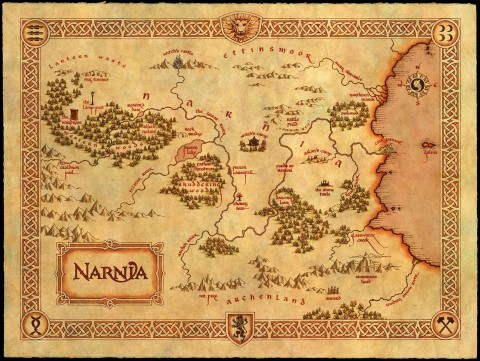It happens at least a few times a day. Students look through our list of 400 Free Online Courses, and ask us whether they can get a certificate for taking a class. And, unfortunately, our answer has been no — no, you can’t. But that may be about to change.
Earlier this fall, Stanford launched a highly-publicized series of free courses that offer students something novel: the ability to take tests and receive a “statement of accomplishment” from the instructor — though not the school itself — if they pass the class. (Stanford will launch 14 more courses starting in January and February. Click link for details.)
Now, MIT wants to up the ante on the certification of free courses. Starting next spring, the university, already famous for its OpenCourseWare project, will launch MITx, an e‑learning initiative that will offer certificates to students demonstrating mastery of free MIT courses. According to a new set of FAQs, the certificates won’t bear MIT’s name. Rather, “MIT plans to create a not-for-profit body within [MITx] that will offer certification for online learners of MIT coursework. That body will carry a distinct name to avoid confusion.” The courses will be free; the certificates will cost just a “modest” sum. It’s all a big step in the right direction.
UPDATE: You can find a list of free courses offering certificates from great universities here.
Related Content:
MIT Introduces Complete Courses to OpenCourseWare Project
Download The Edupunks’ Guide to a DIY Credential (Free eBook)



